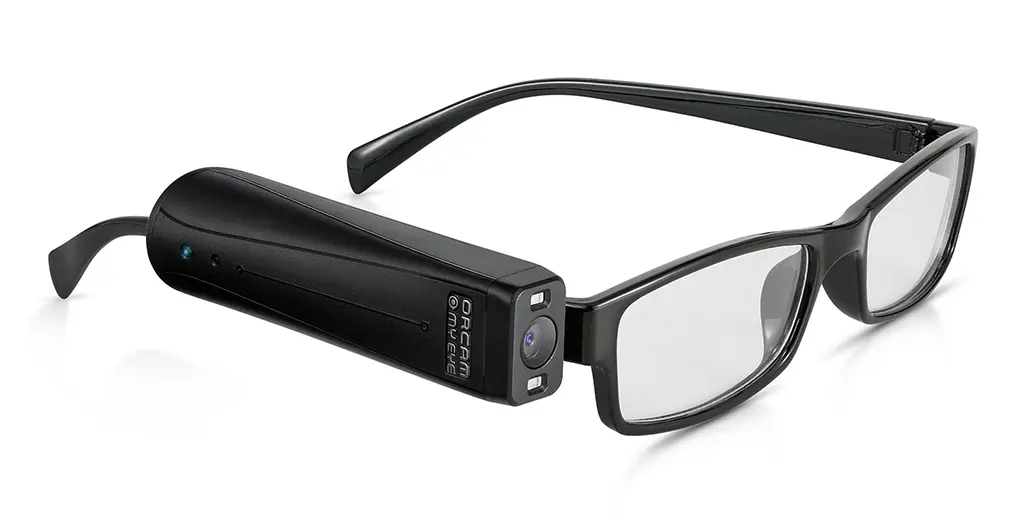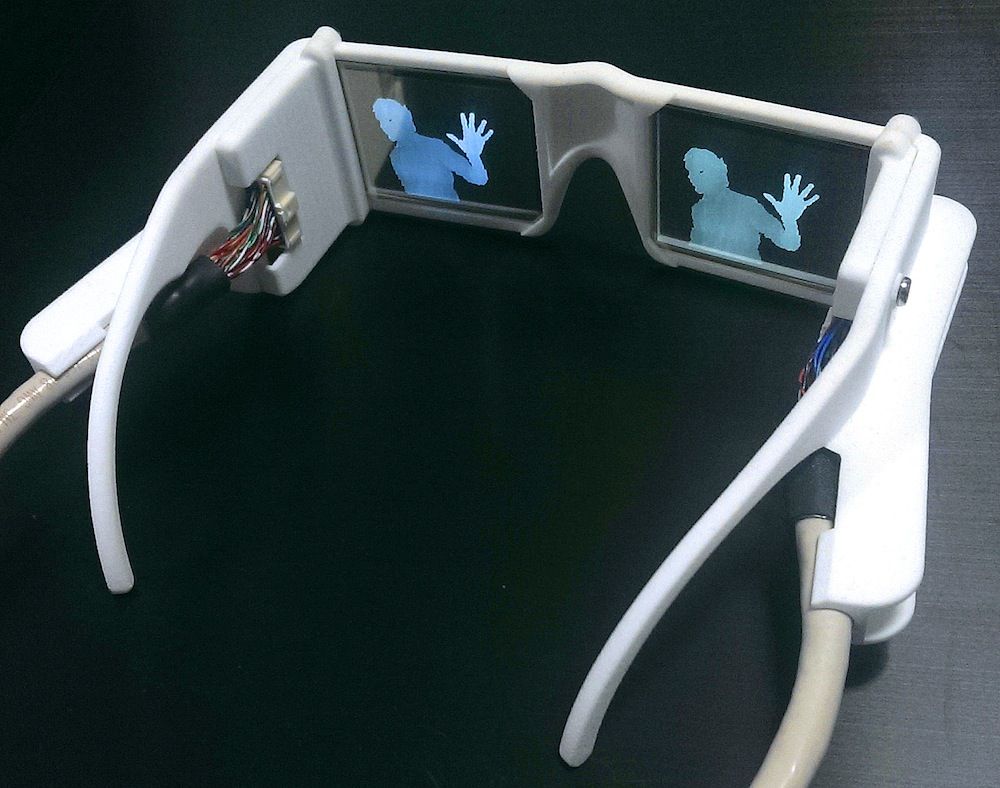Wearable Technology for Low Vision: Transforming How We Navigate the World
Wearable Technology for Low Vision: Transforming How We Navigate the World
Blog Article
Enhancing Ease Of Access With Assistive Modern Technology for the Blind
The assimilation of assistive technology for the blind stands for a critical improvement in accessibility, essentially altering how people navigate their atmospheres and involve with society. As we discover the varied kinds of assistive devices and their concrete effects on daily living, it ends up being crucial to examine exactly how continuous technical innovations are reshaping the landscape of support for the blind neighborhood.
Summary of Assistive Technology
Assistive technology refers to a variety of gadgets and software application created to boost the capacities of people with disabilities, consisting of those who are aesthetically damaged or blind. This modern technology plays a crucial role in promoting independence and improving the quality of life for users. By providing different techniques for accessing info and executing daily jobs, assistive modern technology encourages people to browse their atmospheres extra properly.
The advancement and application of assistive technology accept a selection of principles aimed at cultivating accessibility. These concepts include user-centered layout, which prioritizes the requirements and preferences of the person, and the integration of innovation right into everyday tasks. Such improvements ensure that assistive tools are not only functional yet simple and additionally user-friendly to use.
In addition, assistive modern technology incorporates a diverse range of services, from low-tech options like magnifiers to modern developments such as display readers and Braille display screens. The continuous development of this field is driven by the demand to address the special obstacles dealt with by people with aesthetic impairments (Wearable technology for low vision). As innovation remains to advancement, the possibility for enhancing access and promoting inclusivity continues to be promising, eventually adding to a more equitable culture

Kinds Of Assistive Instruments
Various kinds of assistive devices are offered to sustain individuals who are aesthetically impaired or blind, each developed to attend to specific demands and challenges. These devices can be generally classified into three main types: low-tech, mid-tech, and sophisticated options.
Low-tech tools include items such as magnifiers, Braille tags, and responsive maps. These are relatively basic tools that boost the individual's capacity to interact with their environment without calling for intricate technology.
Mid-tech tools usually entail advanced attributes, such as digital magnifiers and portable Braille note-takers. These gadgets can provide performances like speech output, permitting customers to gain access to info more efficiently.

Effect On Daily Living
The availability of different assistive tools substantially boosts the lifestyle for people that are aesthetically damaged or blind, impacting their everyday living in profound ways. By integrating technologies such as display visitors, Braille shows, and audio summary solutions right into their regimens, customers get greater autonomy and freedom. These tools facilitate accessibility to information, allowing people to do day-to-day tasks, such as reviewing emails, browsing public rooms, and enjoying media web content.
Moreover, assistive devices encourage people to engage even more totally in social communications and community activities. Click This Link The capacity to use mobile phones outfitted with ease of access functions permits smooth interaction and connection with others. This connectivity promotes a feeling of belonging and lowers feelings of seclusion.
In expert setups, assistive modern technology sustains productivity by allowing individuals to total job jobs successfully. Devices like voice acknowledgment software application and specialized magnification gadgets allow customers to get involved in the labor force on equivalent footing with their sighted peers.

Advancements in Technology
Recent technical innovations have substantially optical center changed the landscape of tools available for people who are visually damaged or blind. The assimilation of expert system (AI) and artificial intelligence has generated applications that enhance navigating and item acknowledgment. Mobile phone apps can currently use AI to identify and define environments in real-time, giving customers with useful contextual information.
In addition, improvements in haptic innovation have actually caused the development of clever walking sticks equipped with sensors that identify challenges and give responsive comments. This encourages individuals to browse their atmosphere with raised confidence and independence. In addition, advancements in text-to-speech software application and braille display screens have enhanced the availability of digital web content, permitting seamless communication with various media.
Wearable modern technologies, such as clever glasses, are additionally making strides in assisting visual disability. As modern technology proceeds to advance, the potential for even more transformative tools continues to be on the horizon.
Future Trends and Innovations
As innovation rapidly proceeds, the future of assistive tools for people that are blind holds enormous promise. Innovations in expert system (AI) and equipment knowing are positioned to revolutionize the method blind customers communicate with their settings. For instance, AI-driven applications are being created to enhance item acknowledgment, allowing individuals to recognize and navigate their environments with better convenience and visit this site precision.
Moreover, advancements in haptic responses technology are making it possible for the development of responsive maps and navigation help that offer real-time details with touch. These technologies not only improve flexibility but also foster self-reliance. Furthermore, wearable gadgets geared up with augmented truth (AR) attributes are emerging, offering individuals visual info with audio summaries, consequently linking the void in between the electronic and physical globes.
Additionally, the assimilation of smart home technology presents new opportunities for ease of access, allowing individuals to manage their living atmospheres with voice commands or mobile phone applications. As partnership between tech developers and the blind community proceeds, the concentrate on user-centered style will certainly make certain that future innovations are customized to fulfill the special requirements of this populace (Wearable technology for low vision). The trajectory of assistive technology assures an extra empowering and inclusive future for people who are blind
Conclusion
In verdict, assistive technology plays a critical duty in improving ease of access for people with visual disabilities. Continual advancements in innovation and user-centered layout make sure that these tools cater properly to the distinct demands of the blind community.
The combination of assistive modern technology for the blind represents a crucial improvement in availability, basically altering how people browse their settings and involve with culture.Assistive innovation refers to a range of tools and software application designed to improve the capabilities of people with impairments, consisting of those who are blind or aesthetically damaged. Wearable technology for low vision.As modern technology rapidly progresses, the future of assistive devices for people that are blind holds tremendous guarantee. The trajectory of assistive innovation guarantees an extra empowering and comprehensive future for individuals that are blind
In verdict, assistive technology plays a vital duty in boosting accessibility for individuals with visual disabilities.
Report this page